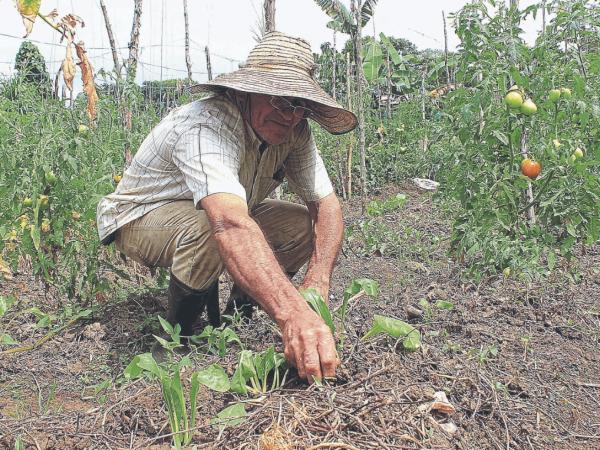Colombia is a country of diverse regions and wide gaps in terms of development. This fact is especially challenging for policy makers, particularly when there is no single development formula that all departments can replicate, nor resource homogeneity available to do so.
(Read: The challenges of the recovery of employment in the country).
In addition, the last two years have been particularly challenging for the departments of Colombia; The economic and social crisis resulting from the pandemic affected the territories unequally and consequently the subsequent paths of economic recovery observed in the last year.
Proof of this is that the recovery of employment has been slower in cities such as Riohacha, Quibdó and Cúcuta, where the unemployment rate is still at levels close to 20%. Additionally, the progress in the vaccination scheme shows significant lags for departments such as Guainía, Vichada and Vaupés, in which less than 30% of their population has at least two doses of the covid-19 vaccine.
This highlights the need for the departments and, in particular, the regional authorities to have regular and reliable information about the state your strengths and weaknessesto then design and implement evidence-based initiatives that contribute to closing gaps.
With the aim of contributing to this objective, the Private Competitiveness Council and the Universidad del Rosario have carried out the Departmental Competitiveness Index (IDC) for nine consecutive years, a measurement that evaluates the 32 departments of Colombia and the city of Bogotá through 106 indicators that account for its competitive performance.
The latter is essential for the departments, since competitiveness is conceived as the set of resources, institutions and factors that determine the levels of productivity of the economies, and that for the regional scope translates into greater states of well-being for its inhabitants.
(Besides: Labor Day: the profile of Colombians who cannot find a job).
In the most recent IDC measurement, corresponding to 2022, the first five positions are occupied by Bogotá DC, Antioquia, Santander, Risaralda and Atlántico. The Capital District maintains its leadership at the national level with a score of 8.59 out of 10. In second place is the department of Antioquia, with a score of 6.93 out of 10. However, after those first two places, we found that this year there were much more dispersion and movement in the rest of the ‘classification’.
This volatility is a reflection of the disparate impact of the pandemic and makes it even more important for each region to focus its efforts on those weaknesses that may cost them the most in the long run and that have been exacerbated in the last two years.
There is certainly good news. We highlight, for example, the advance of Meta in four positions and Santander who discounts three positions. Also that 7 departments managed to advance compared to the positions they occupied the previous year and that within them is Chocó, which is one of the 5 departments with the worst levels of incidence of multidimensional poverty. Some others did not achieve any changes in their rankings, but they had very important achievements to highlight, as is the case of Vichada, which presented the major increases in your coverage of primary education and a 60% reduction in its dropout rate, a firm commitment to a better future.
But of course, there are also setbacks, and among them we find the departments with the greatest falls in the classification and they were the Archipelago of San Andrés and Cesar, which lost three positions each.
The most worrying thing really has to do not with the relative movements, but with what we see in absolute terms. In the institutions pillar, one of the thirteen pillars that groups the measurement, 70% of the departments registered a drop in their score; in health 64%; in sophistication and diversification 55%; and in basic and secondary education 52%. This latest drop is a reflection of what we have learned in recent months about the worsening of the learning gaps of our children, young people and adolescents, which bodes ill for us in the years to come.
It is disturbing the deepening of territorial gaps. Compared to the results of 2021, the difference between the best and the last of the measurement increased widely in certain indicators. In the graph we give some examples, and we find that it is important to highlight greater lags in some regions that must be addressed to stop this trend.
(Keep reading: For every man, two women returned to their jobs in March).
In this year in which the country will have a new elected Congress and in which we also make a presidential transition, we believe that the IDC 2022 is a useful and relevant input for policy formulation and the collaboration and coordination of all actors, public and private, which can and should contribute to the development of Colombia.
Ana Fernanda Maiguashca
President of the Private Competitiveness Council.








